PORTLAND, Ore., U.S.: In a recent development that could have a huge impact on the dental industry, researchers from the Oregon Health and Science University School of Dentistry have developed a material that replicates human bone tissue. It can be produced in 72 days or less with an unprecedented level of precision, from its microscopic crystalline structure to its biological activity, and has been referred to as “bone in a dish”.
Speaking to Dental Tribune International regarding the process of developing the new material, lead researcher Dr. Luiz E. Bertassoni said that the journey had been a long one, from identifying the nanoscale characteristics of bone and other mineralized tissue to subsequently learning and optimizing a process to grow blood capillaries and neuronal networks in vitro. “After we had those pieces of the puzzle, which we sort of accumulated over the years, we began to concentrate on the development of a system that could calcify cell-loaded hydrogels to mimic the nanoscale structure and composition of bone.”
Testing a number of proteins and polymers that are known to promote nanoscale calcification of collagen, Bertassoni and his team then set out to optimize the conditions required to culture cells in the solutions, before fine-tuning the system that led to functional blood capillaries, nerve fibers and bone metabolism. “If our predictions are correct, this could mean that large bone defects that currently do not heal by themselves and require autologous bone transplantation may actually be regenerated better with these materials. We are currently testing that. In a way, it’s like we are able to make real human bone—with nearly all of its complexity—in the lab in a matter of 72 days or less, in a highly controllable method.”
The short space of time in which the material can be produced is another exciting element of the study. According to Bertassoni, because the researchers can start and stop the process as they please and can also add more or less calcium and phosphate, the environment is highly controlled, which therefore produces fast results.
However, the fast results are not impressive without material accuracy. Bertassoni explained that the trick of being able to produce bone down to the nanometer scale is to mimic nature to the closest degree possible. “We have known for a while that bone mineralization is orchestrated by proteins. Nature does this in a funny way, where it prevents mineral precipitation to actually form a mineral crystallite. So, we adopted a similar approach. We used a highly efficient precipitation inhibitor—which is counterintuitive—to actually form a mineral crystal and that allowed the ‘liquid’ mineral ions to infiltrate into the nanoporosity of collagen (the major protein in bone) like water seeps into the tiniest little holes. Once the infiltration has taken place, the proteins are removed and ions crystalize into the exact shape and form of mineral crystals in the native bone.”
The researchers are pushing for the material to be available in the next few years. “This is an area where regulatory hurdles are still very significant, and that may delay things a bit for clinical use. But the technology is being actively optimized for wider use,” said Bertassoni.
The study, titled “Rapid fabrication of vascularized and innervated cell-laden bone models with biomimetic intrafibrillar collagen mineralization,” was published on Aug. 6, 2019, in Nature Communications.
Tags:
LONDON, UK: Unlike many other tissues in the human body, dental enamel does not regenerate itself once it is damaged. In what could potentially be a ...
WÜRZBURG, Germany: Conventionally, the production of a dental crown requires several dentist appointments in order to complete the treatment. Researchers ...
LOS ANGELES, U.S.: Recent studies showing an increase in patients with periodontitis, as well as studies linking it with Alzheimer’s disease, have led to ...
LEEDS, UK: Xerostomia is a prevalent condition especially among older adults, cancer patients and people taking multiple medications. Researchers at the ...
SÃO PAULO, Brazil: In a discovery that may help the early identification of oral squamous cell carcinoma (OSCC), researchers in Brazil have found a ...
WASHINGTON, U.S.: Prevention is always the best place to start when talking about dental care; however, many patients would be thrilled to have access to an...
PERUGIA, Italy: In recent years, the landscape of dental prosthesis fabrication has seen a significant shift with the advent of additive manufacturing ...
MEDFORD, Mass., US: Stress can present as a wide range of physical, emotional and social symptoms, such as irritability, headache, anxiety and elevated ...
TORONTO, Canada: Researchers from the University of Toronto (U of T) have recently been awarded a grant to develop a new restorative material for treating ...
PORTLAND, Ore., U.S.: A recent study has found that a compound used to make car bumpers more robust and protect wood decks could make dental fillings last ...
Live webinar
Mon. 12 January 2026
9:00 am EST (New York)
Prof. Judith Jones D.D.S; M.P.H., Prof. Kakuhiro Fukai D.D.S., Ph.D, Dr. Bathsheba (Bethy) Turton
Live webinar
Wed. 14 January 2026
12:00 pm EST (New York)
Dr. Théo Laplane, Dr. Robert Gottlander DDS
Live webinar
Fri. 16 January 2026
12:00 pm EST (New York)
Live webinar
Mon. 19 January 2026
1:00 pm EST (New York)
Philipp Kopp, Michael Seeber
Live webinar
Thu. 22 January 2026
2:00 pm EST (New York)
Dr. Nicola M. Grande DDS, PhD
Live webinar
Wed. 28 January 2026
8:00 am EST (New York)
Live webinar
Wed. 28 January 2026
11:00 am EST (New York)
Prof. Dr. Jan-Frederik Güth



 Austria / Österreich
Austria / Österreich
 Bosnia and Herzegovina / Босна и Херцеговина
Bosnia and Herzegovina / Босна и Херцеговина
 Bulgaria / България
Bulgaria / България
 Croatia / Hrvatska
Croatia / Hrvatska
 Czech Republic & Slovakia / Česká republika & Slovensko
Czech Republic & Slovakia / Česká republika & Slovensko
 France / France
France / France
 Germany / Deutschland
Germany / Deutschland
 Greece / ΕΛΛΑΔΑ
Greece / ΕΛΛΑΔΑ
 Hungary / Hungary
Hungary / Hungary
 Italy / Italia
Italy / Italia
 Netherlands / Nederland
Netherlands / Nederland
 Nordic / Nordic
Nordic / Nordic
 Poland / Polska
Poland / Polska
 Portugal / Portugal
Portugal / Portugal
 Romania & Moldova / România & Moldova
Romania & Moldova / România & Moldova
 Slovenia / Slovenija
Slovenia / Slovenija
 Serbia & Montenegro / Србија и Црна Гора
Serbia & Montenegro / Србија и Црна Гора
 Spain / España
Spain / España
 Switzerland / Schweiz
Switzerland / Schweiz
 Turkey / Türkiye
Turkey / Türkiye
 UK & Ireland / UK & Ireland
UK & Ireland / UK & Ireland
 Brazil / Brasil
Brazil / Brasil
 Canada / Canada
Canada / Canada
 Latin America / Latinoamérica
Latin America / Latinoamérica
 USA / USA
USA / USA
 China / 中国
China / 中国
 India / भारत गणराज्य
India / भारत गणराज्य
 Pakistan / Pākistān
Pakistan / Pākistān
 Vietnam / Việt Nam
Vietnam / Việt Nam
 ASEAN / ASEAN
ASEAN / ASEAN
 Israel / מְדִינַת יִשְׂרָאֵל
Israel / מְדִינַת יִשְׂרָאֵל
 Algeria, Morocco & Tunisia / الجزائر والمغرب وتونس
Algeria, Morocco & Tunisia / الجزائر والمغرب وتونس
 Middle East / Middle East
Middle East / Middle East
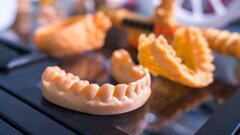
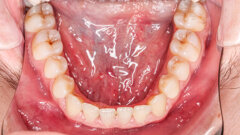

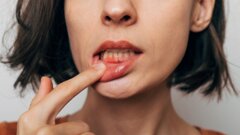




















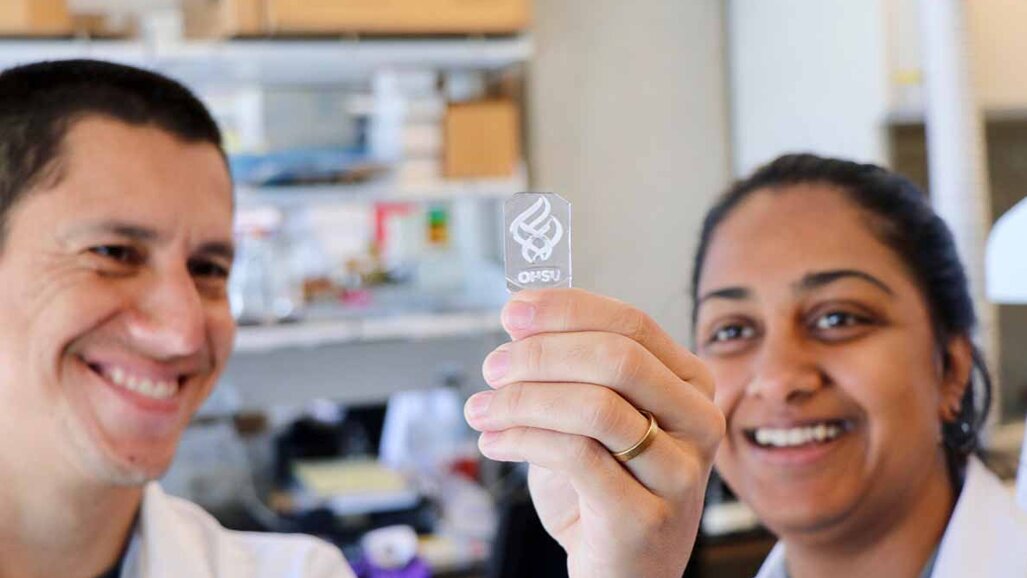



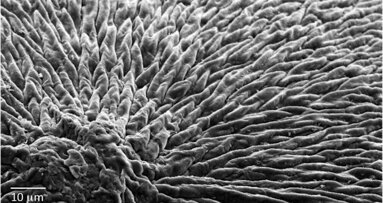
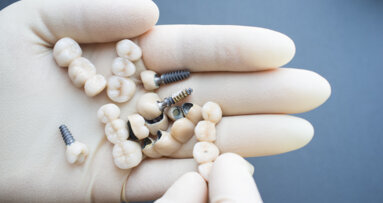


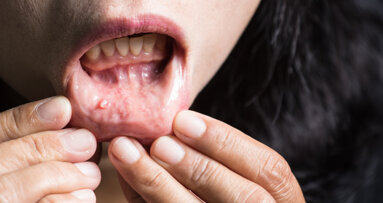

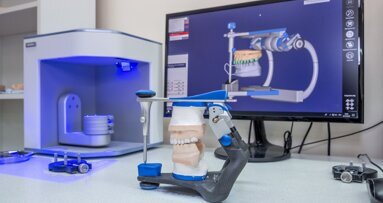

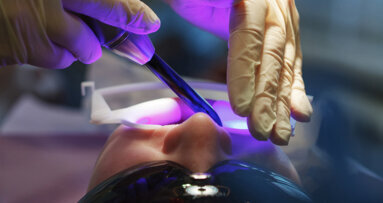
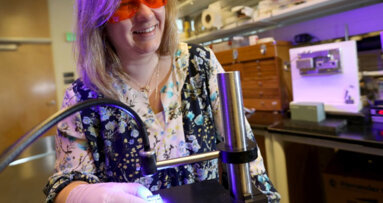










Interesting article